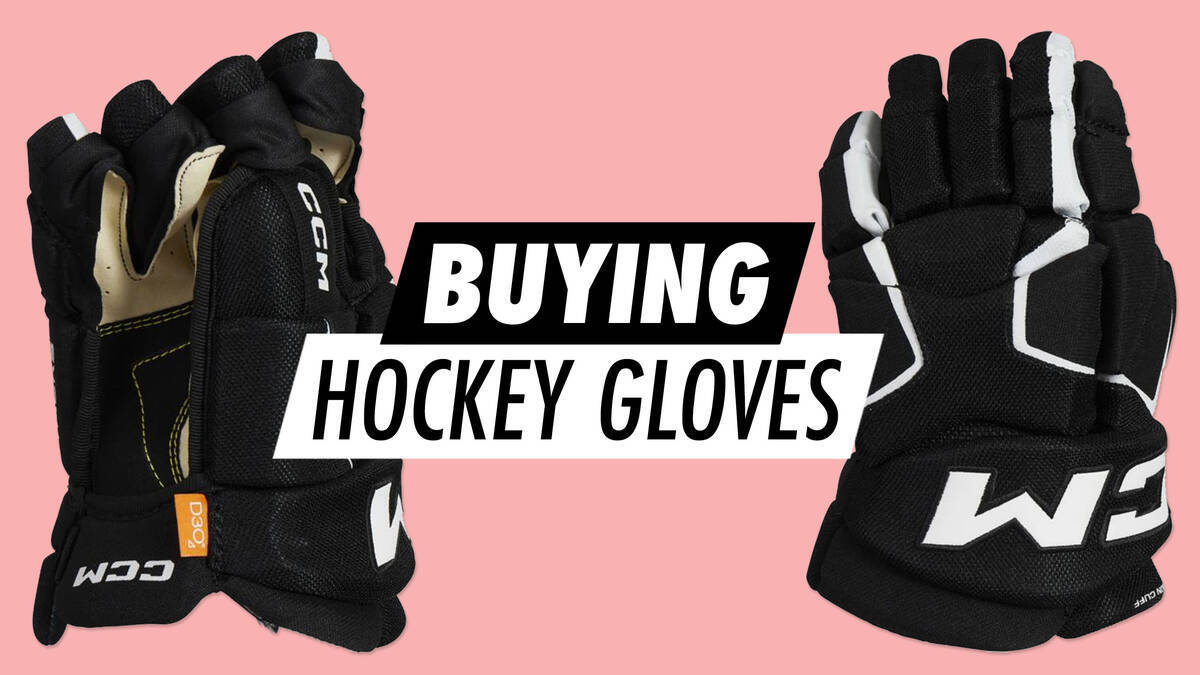Buying Hockey Gloves

This guide will help you choose the right hockey gloves.
Hockey gloves are for protection of your hand and wrist, while at the same time giving you mobility and comfort.
The material is synthetic or leather (the more expensive) and sometimes reinforced with Kevlar or nylon on the wearing surfaces.
Sizing of Hockey Gloves
Find your glove size while wearing elbow protection. Measure the distance from the lower edge of the elbow pad to your fingertip.
The size is always given in inches, and it can vary from brand to brand. The sizes in this table are a good indication of what you need based on your measurement and height:
| Model | Measurement | Height (approx.) | Size |
| Child | 20 cm | 8" | |
| Child | 23 cm | < 120 cm | 9" |
| Child | 25 cm | 110 - 120 cm | 10" |
| Junior | 28 cm | 120 - 130 cm | 11" |
| Junior | 30 cm | 130 - 140 cm | 12" |
| Junior | 33 cm | 140 - 160 cm | * 13" |
| Senior | 36 cm | 160 - 180 cm | * 14" |
| Senior | 38 cm | > 180 cm | * 15" |
* For size 13", 14", 15" the length of the fingers is the same.
Notice: it is acceptable that gloves are a little too big as long as they give full protection for your hands and wrists.
Hockey Glove Quality
Hockey gloves should, as a minimum requirement, have several joints for each finger and a sleeve to protect the wrist.
Quality gloves are shaped anatomically correct (this means, that they out of the box come in the shape of the way you hold your hand when you play hockey.)
Your gloves will last longer if they are reinforced on the wear surface (inside the palm of the hand and on the thumb).
See our selection of Roller hockey gloves and Ice hockey gloves
